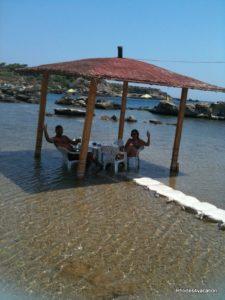Author: Greece
Coronavirus Disease (COVID-19)
Dear valued guest,
over the past days the world has changed our lives because of the Corona virus and now turned into a global pandemic.
I want you to know that your health and safety is our first priority, too.
– We allow free modifications for all existing and new reservations for stays until April 30, 2022
– Please note that any modification to existing reservations will be subject to availability and any rate difference
– Guests who booked via online travel agents or third-party travel professionals are advised to contact their booking provider for information on their policies
– For reservations with stays after April 30, 2022, our normal cancellation policy applies
Rhodes4vacation wants everyone to feel reassured during this uncertain time, however, our island economy needs you and our visitors to come back and support our team, our homeowners and our Rhodes island community as we rebound from this potential pandemic.
Please stay safe wherever you are
Claudia
Sehr geehrter Gast, in den letzten Tagen hat sich die Welt und unser Leben aufgrund des Corona-Virus verändert und ist jetzt zu einer globalen Pandemie geworden. Ich möchte, dass Sie wissen, dass Ihre Gesundheit und Sicherheit auch für uns oberste Priorität haben.
– Wir erlauben kostenlose Änderungen an allen bestehenden und neuen Reservierungen für Aufenthalte bis zum 30. April 2022. – Bitte beachten Sie, dass Änderungen an bestehenden Reservierungen von der Verfügbarkeit und etwaigen Preisunterschieden abhängen.
– Gäste, die über Online-Reisebüros oder Reiseprofis von Drittanbietern gebucht wurden, sollten sich an ihren Buchungsanbieter wenden, um Informationen zu ihren Richtlinien zu erhalten
– Für Reservierungen mit Aufenthalten nach dem 30. April 2022 gelten unsere normalen Stornierungsbedingungen
Rhodes4vacation möchte, dass sich alle in dieser Zeit sicher fühlen. Unsere Inselwirtschaft braucht Sie und unsere Besucher jedoch, um unser Team, unsere Hausbesitzer und unsere Rhodes Island-Community zu unterstützen, während wir uns von dieser potenziellen Pandemie erholen.
Bitte bleiben Sie gesund wo immer Sie sind
Claudia
Rhodes Impressions 2020
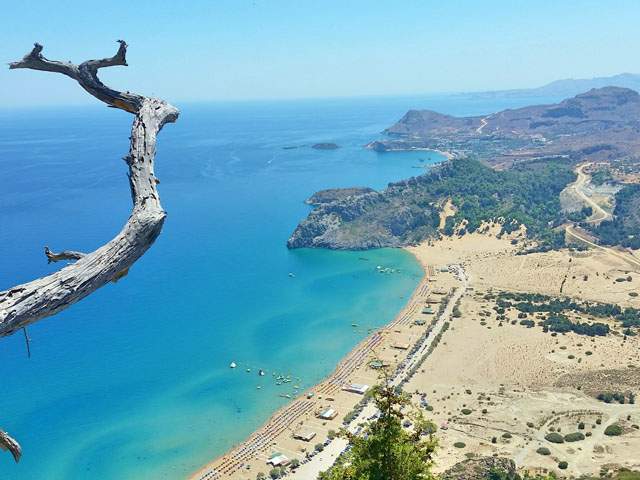
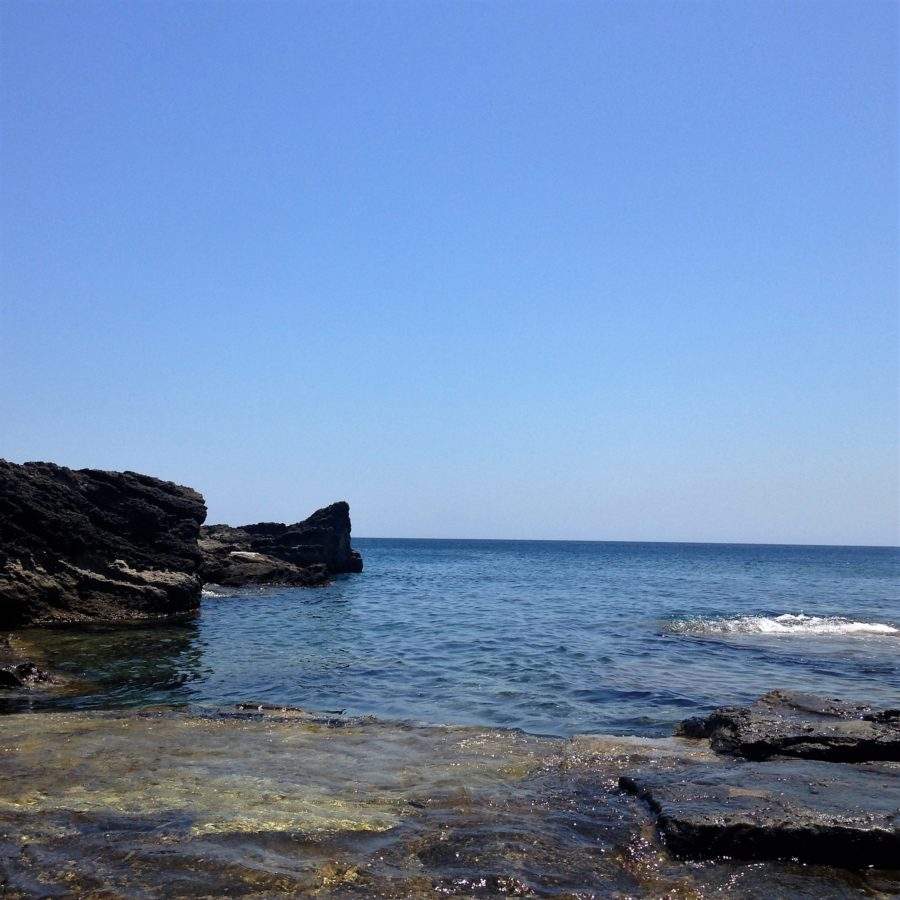
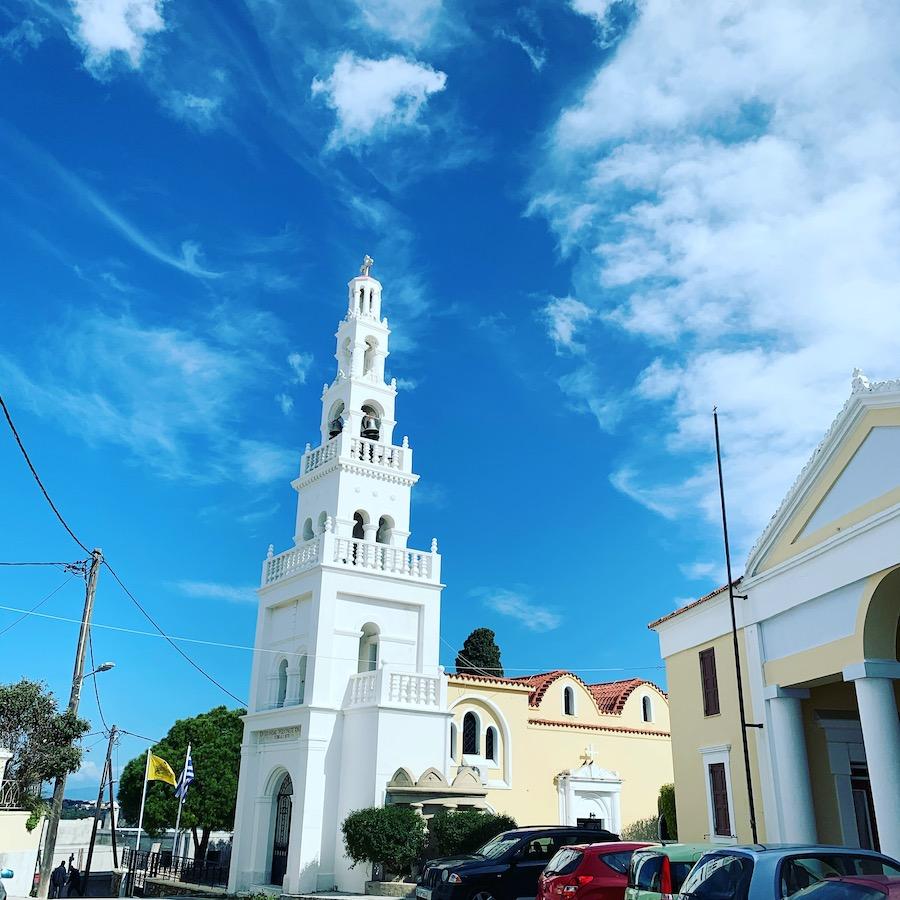
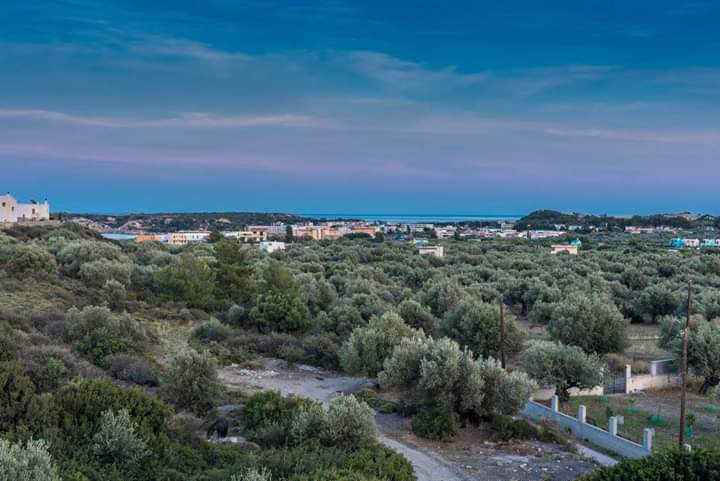



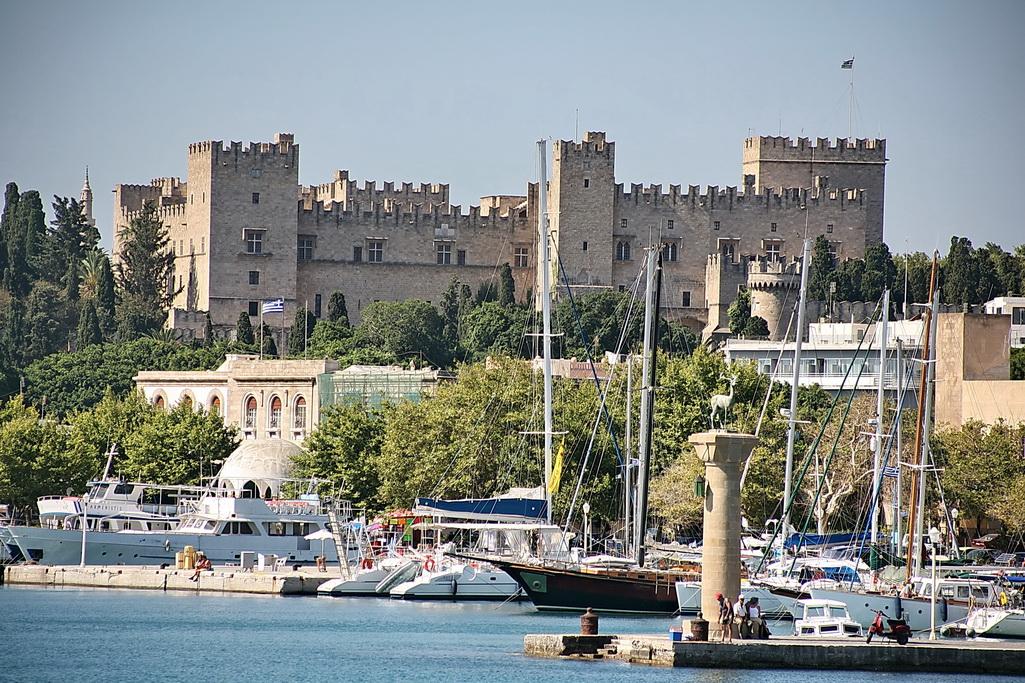


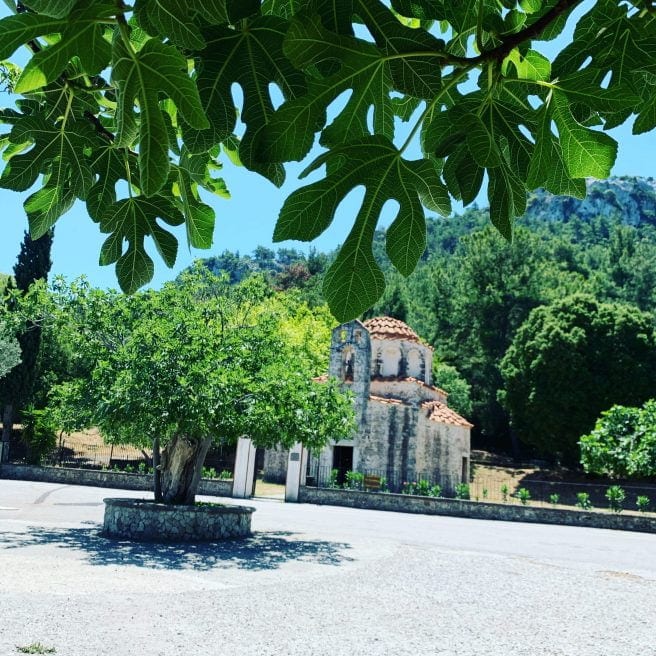
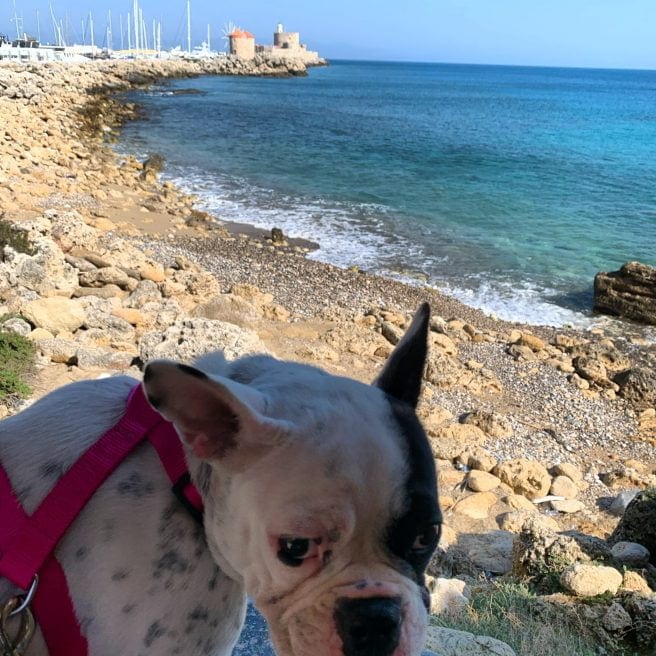
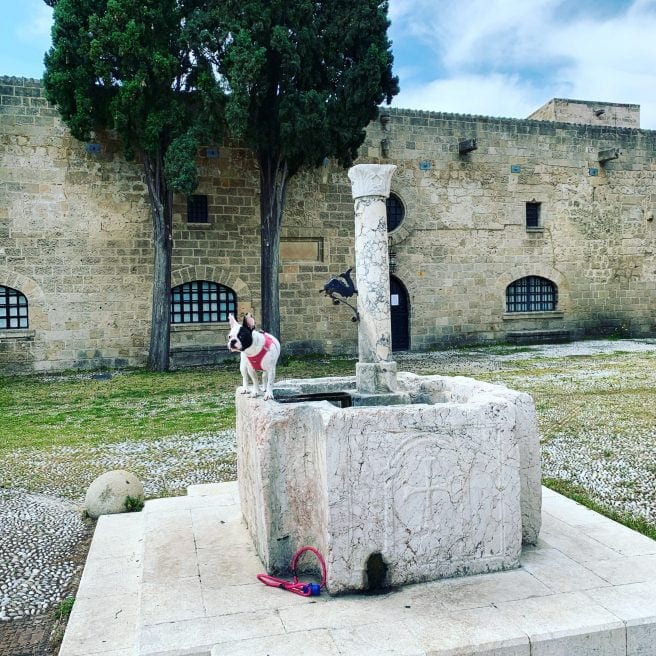

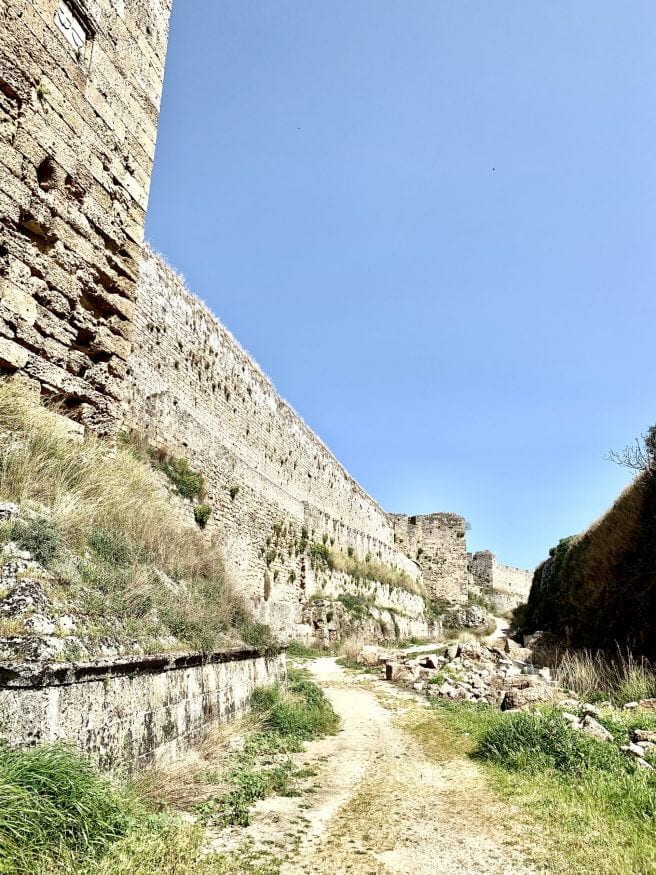


News and Events
Youtube portfolio of villas
Dolce vita on Rhodes
Enjoy your days on the beach
Enjoy your days on the beach
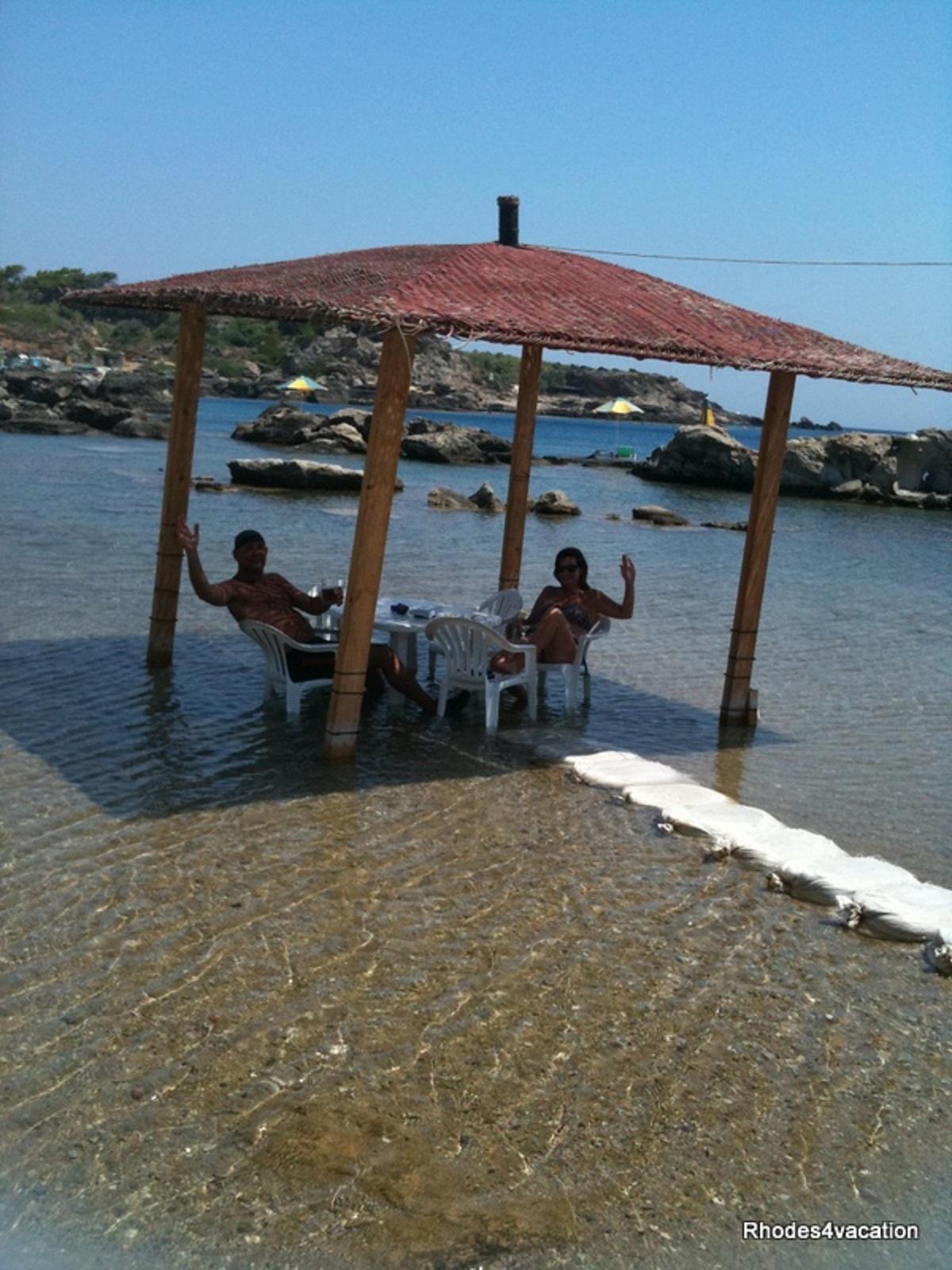

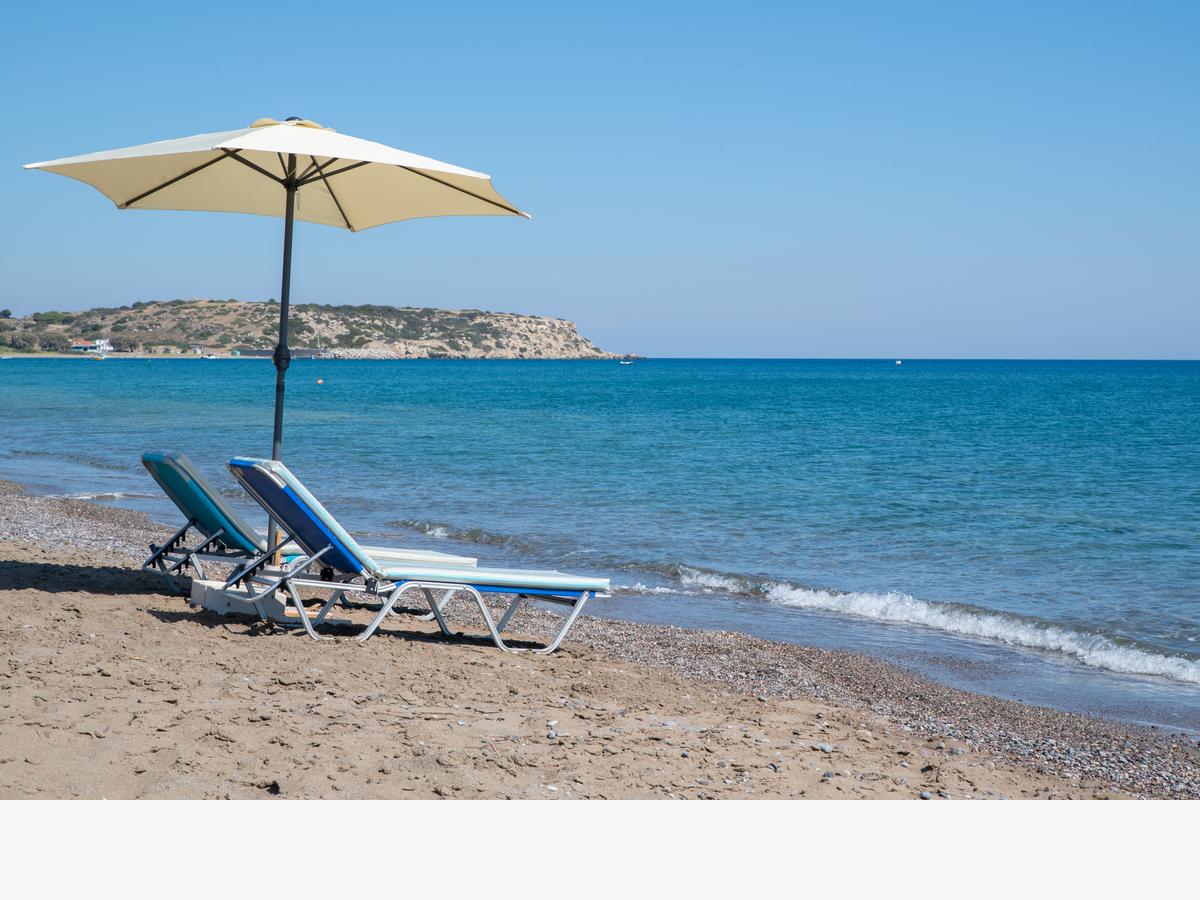



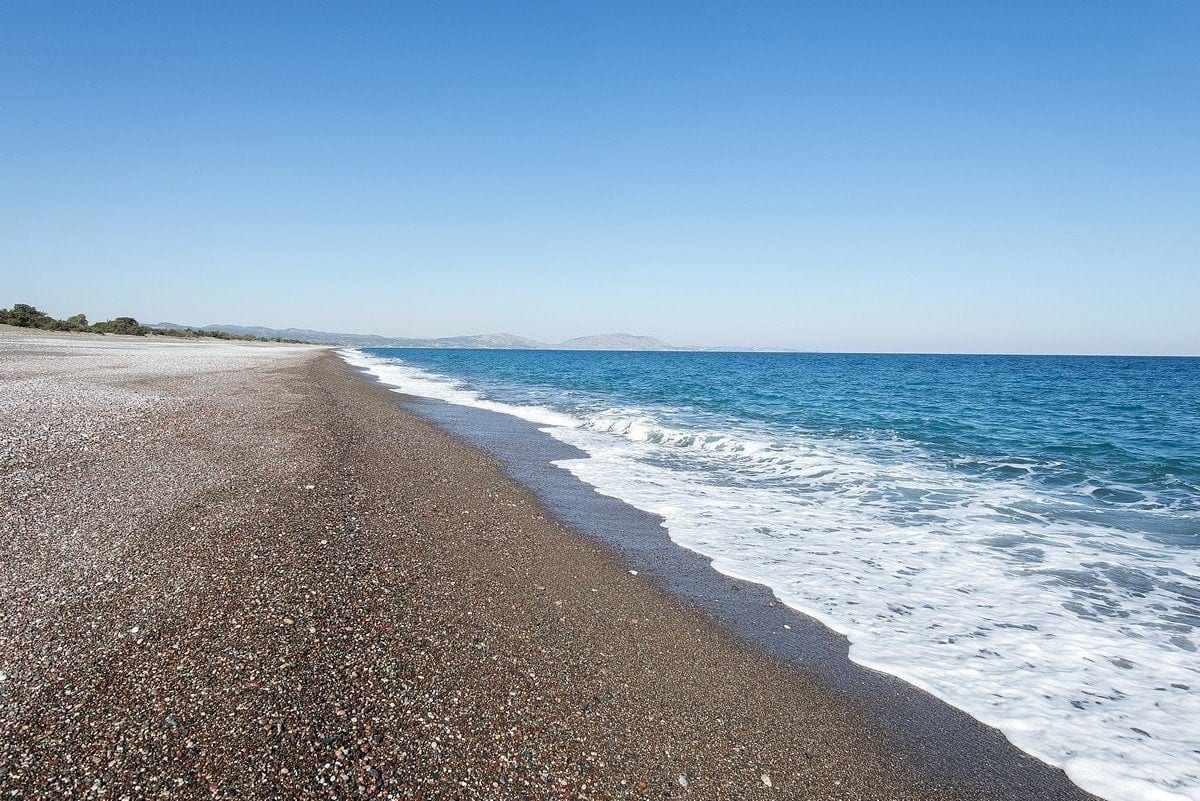


Rhodos Ferienhaus von privat – Home
Sarai
SARAI – The palace of Hadji Khalil Efendi
Apart from a main residence or for holidays, the Sarai could be turned into a luxury hotel with themed rooms and activities.
Perfect location of the Consulate or Embassy for hosting high-ranking persons during the summer months.
The same could be for large investment institutions and a cultural center with a wide variety of activities,
Conference Center or Museum.
THE SARAI IN SQUARE METERS
The building has following square meters:
1. basement: an area of 86 square meters (located on the west side of the building and has 4 locations)
2. ground floor: an area of 285 sq.m (elevated On the west side and has 4 settings, while the eastern side there are 4 other sites)
3. A’Floor: an area of 286 sq.m. (Covers the whole horizontal axis of the building and has 13 spaces)
4. Second floor: an area of 49 m
5. Stable 20 m (Located in the garden on the east side)
6. two terraces (located on First floor)
7. a windmill (located on the west side and connected to
two tanks (west and east side in the garden area)
8. Two yards and two gardens
total area of 3142 sq.m. (They share both sides)
The historical story of SARAI
Hadji Khalil was one of the most famous merchant of Rhodes during the Ottoman occupation of the island from 1895 – 1920.
He had the monopoly and traded one kind of wood called “Katrani” The “Katrani” wood has excellent properties such as high durability of humidity and different weather conditions. All the wood witch used to build the house (Sarai) are made from this kind of wood.
After 106 years we find the evidence that the wooden construction of the palace are made from “Katrani”, all parts seem to be been made yesterday. The community that was traveling from Turkey to Rhodes and from there to Egypt and possible in other parts of the Mediterranean like Marseilles,along with Katrani, Hajji Khalil goods and acorns. The fruits of oak used in paints and for coloring leather and fabrics. This product was also in great demand in Egypt for the purpose of extensive craft.
Taking into account that the tiles used to construct the roof of his house are from Marseilles and the information ,that we think this is a material often found on rooftops in France ,seems to be true.
The ability to trade and in particular its ability to ensure a monopoly on certain products of high market demands in the Mediterranean made him one of the richest and most powerful people of Rhodes.
The property is considered the greatest of his time on the island,Makri in Turkey and elsewhere. It was logical, therefore, when he decided to build his house to accommodate his family, to make the moves dictated by the wealth and power.
He chooses the path of Pythagoras to build a spectacular house, or rather a palace. It was also reasonable to seek and award the construction of the most famous artist, wood sculptor, manufacturer and experienced architect George N. Tsimeta.

